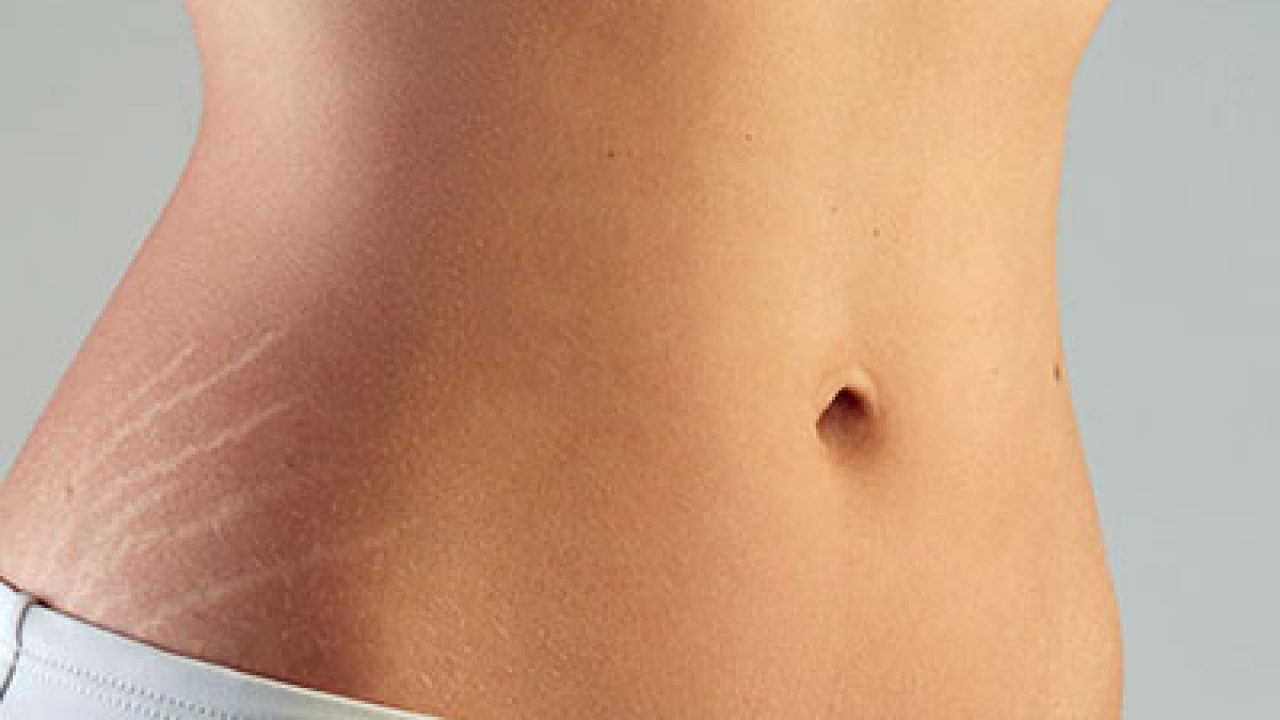
If you have stretch marks on your body, you certainly aren’t alone. It’s thought that up to 90% of women have them to some extent. It’s important to know that having stretch marks is in no way harmful, and if you are not bothered by their appearance you do not need to seek any treatment. What’s more, numerous online body positivity movements have saw a massive improvement in the general attitude to these so-called ‘tiger marks’ or ‘warrior stripes’, with a host of inspiring imagery of women proudly displaying their stretch marks in untouched photographs. However, if you do decide that you would like to minimise the appearance of your stretch marks, you have a right to know which treatments are a waste of time, and which are actually worth your money. So, here are a few things you should know before seeking stretch mark removal.
What do stretch marks look like and where do you get them?
When stretch marks first appear, they can be a bright red or purple tone, which is extremely alarming to many people, but they will fade over time to a faint silver or white once the initial damage has healed. It is possible to get stretch marks all over your body. The most common places for them to occur are around the abdomen, breasts, hips, thighs and even shoulders.
Why do stretch marks occur?
Stretch marks are the visible result of collagen bundles under your skin being torn away from each other; they are essentially scarring underneath your skin. These collagen bundles being torn away from each other happens as a result of rapid skin growth, where your skin is unable to regenerate itself at a suitable rate to keep up. Stretch marks are extremely common during pregnancy, puberty and periods of rapid weight gain.
Can you get rid of stretch marks?
Unfortunately, it is almost impossible to ever fully remove a stretch mark once it has appeared, especially if they are extensive or as a result of extreme skin growth as is usually the case with pregnancy-related stretch marks. However, stretch marks do become less noticeable over time and it is possible to minimize their appearance further so that they are barely noticeable.
Do cellulite creams work?
There are some topical treatments that can minimise the appearance of stretch marks, but for extensive stretch marks, the most effective treatments will need to address the issue on a deeper level. If you are looking to use a topical cellulite cream, look for ones that contain retinoids (although you should not use these while pregnant or breast feeding) or collagen. Exfoliate before applying them to prevent dead skin cells from blocking their absorption and use a device to massage the treatment into the skin well.
What treatments are most effective?
Because they are the after-effect of a breakdown of the collagen structure under your skin, any attempt to repair them should be aimed at repairing the collagen structure itself. The most effective stretch mark removal London treatments use technology and devices that are able to permeate through the skin and target the damaged collagen underneath. Effective treatments include the use of lasers that trick your skin into believing that it is damaged, which kickstarts the healing process by producing new collagen that may help rebuild the broken-down bundles where your stretch marks appear.



